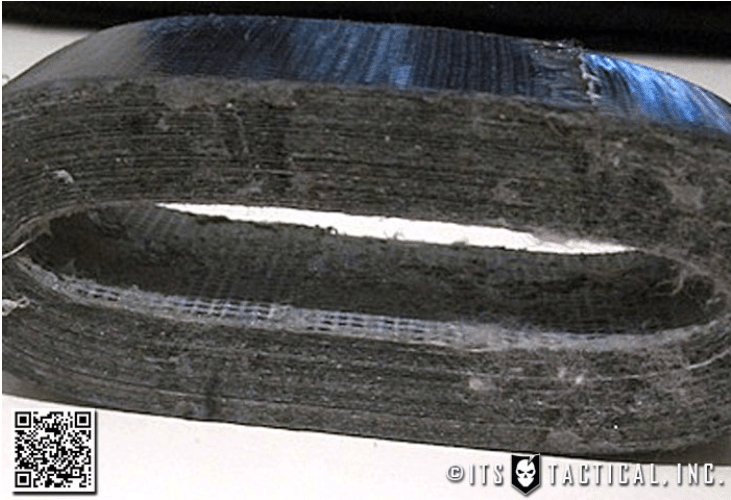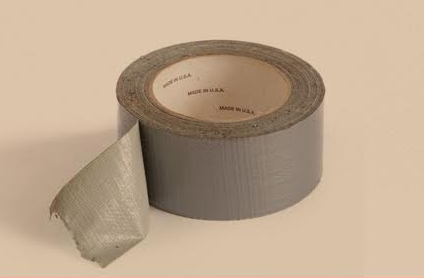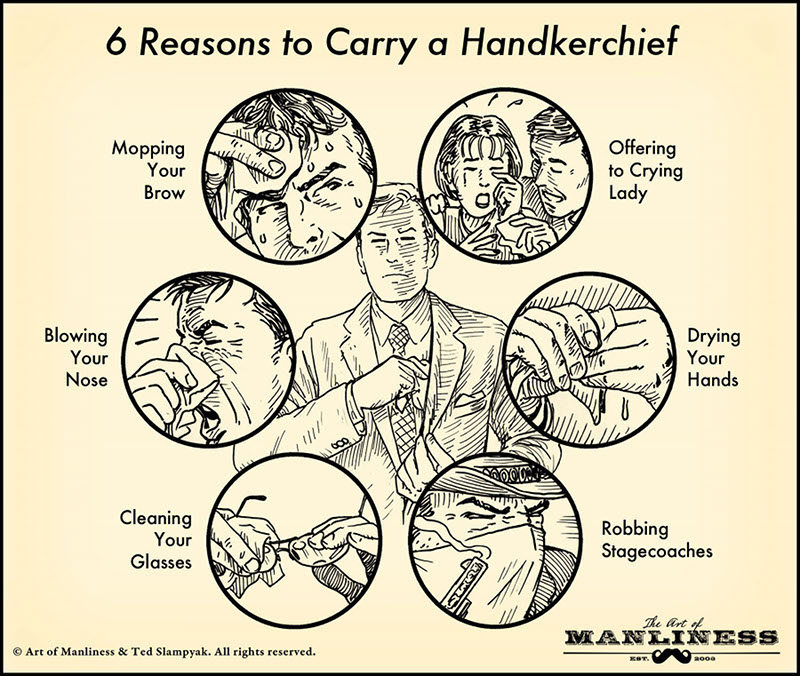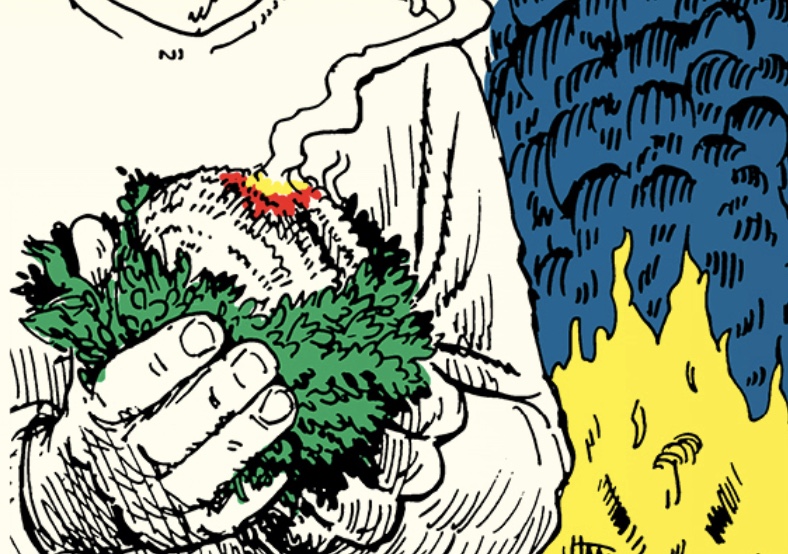Editor’s note: This post was written by Mark Greenman and originally ran on ITS Tactical.
Duct tape is one of the most useful things on the planet. It can be used to secure, repair, or build in ways that other materials such as rope, glue, or conventional tape cannot.
Because of the hundreds of applications for this miracle material, I have always loved duct tape. I’m especially fond of Gorilla brand duct tape, which has 50% more glue than conventional silver duct tape and adheres to damn near anything.
Unfortunately, while convenient to use, duct tape is very inconvenient to carry around. It comes in large, 20-yard rolls with a big hole in the center, which makes the tape take up far more space than it should. When you’re carrying a full bag, that extra space could be crucial.
I have found three different ways to easily carry around duct tape: in a mini-roll, a collapsed roll, or on a keychain.
A Multi-Use Item
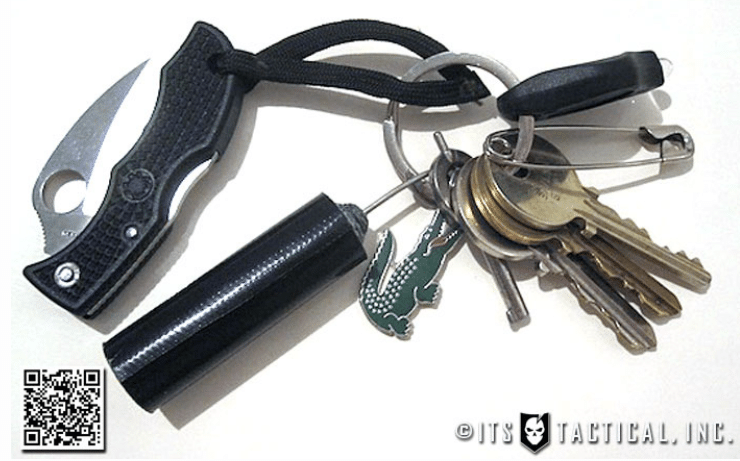
Many of us in the tactical world already have paracord (a lightweight nylon cord, originally used in parachutes) integrated into our everday carry kit (EDC), either as shoelaces or as fancy lanyards and paracord bracelets. This is good, but cordage has limited utility. In three years I have yet to use my survival bracelet or my white paracord shoelaces. Meanwhile, duct tape is very useful in day-to-day life and unlike cordage, it cannot be improvised. You either have it or you don’t.
I have been carrying duct tape on my keys now for several months. It holds up great and it has come in handy many times. I’ve used it to fashion an improvised bandage and to remove fine splinters of cactus fruit from skin. The methods outlined in this article will ensure that you always have some duct tape when you need it. And chances are you will need it.
Mini-Roll
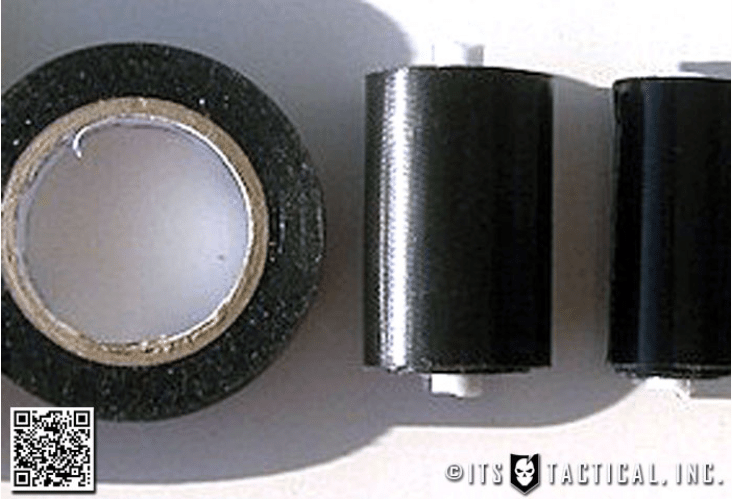
To create a mini-roll, I broke off a 2-inch section of a plastic hanger and carefully wrapped the duct tape around it. It was a pain to do, taking about 15 minutes, but the result was a good amount of tape in a much more compact package. I’ve been carrying a roll of tape like this in my suitcase for the last several years.
Recently Gorilla Tape has come out with a Handy Roll which consists of 30 feet of 1-inch diameter duct tape. This is a great off-the-shelf solution, yielding a very portable roll for around $5.
Collapsed Roll
While a step in the right direction, the Gorilla Tape Handy Roll still has that obnoxious empty donut hole in the middle. I have limited space for my gear, and this was driving me crazy. A tip I picked up on a forum is to remove the cardboard center of the tape, then press in flat. A collapsed roll can be used with any size roll of duct tape to save space.
Using a box cutter, I cut through the cardboard on the inside, then slowly peeled it out bit by bit until it was all gone. It took me about 10 minutes. The roll could then be pushed flat.
A few months ago, I used this mini-roll to fix a girl’s sandal at the beach. She was very pleased and I was feeling very satisfied with my level of preparedness, but when I got home later that day I began to re-evaluate my level of preparedness. If I hadn’t been carrying my bag, I wouldn’t have had any duct tape and I wouldn’t have been able to complete the repair.
I decided then and there that I wanted a way to integrate some duct tape into what I carry every day in my pocket.
Duct Tape Keychain
For this method you will need paracord or wire and some duct tape. I first completed this project using wire, but have since decided that paracord is a superior material. In this tutorial I will provide instructions for completing the project using paracord, although the pictures are from my first build, which used wire.
First, cut off some paracord and take out the guts. All you want is the nylon sheath. Tie a length of the gutted cord together so that it’s sufficiently longer than your roll of duct tape. If you want to use this for your keys, you will only want a short loop sticking out. If you want to use it as a fob for a knife or flashlight lanyard, give yourself a longer loop.
Next, place the paracord with the knot on the edge of the tape, and press it in so that it’s firmly stuck to the glue. (Note that the photo shows the wire from the initial prototype, but the procedure is the same for either material.)
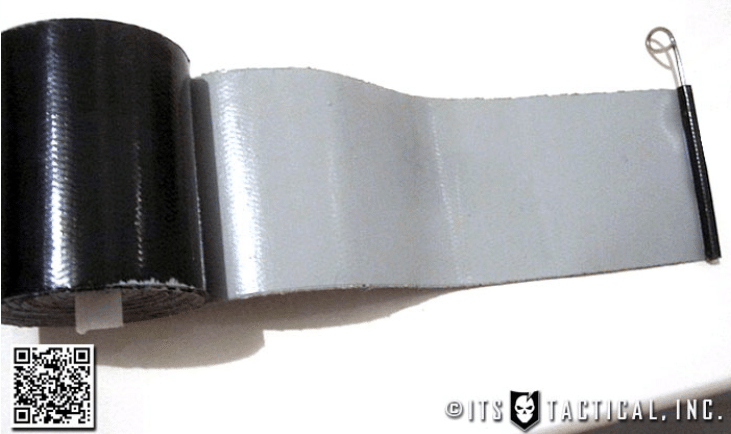
From there, carefully roll the tape around the paracord. Try to be as even as possible, but don’t worry if it’s not completely straight. Most of mine are a bit crooked, but they function just the same.
When the keychain is as wide as you want, simply cut the tape off and you’re done. I wanted mine to be the same diameter as a roll of chap-stick, which gave me about 18 inches of duct tape. Obviously, if you want more tape, you can increase the diameter, but I personally like my gear with minimum bulk.
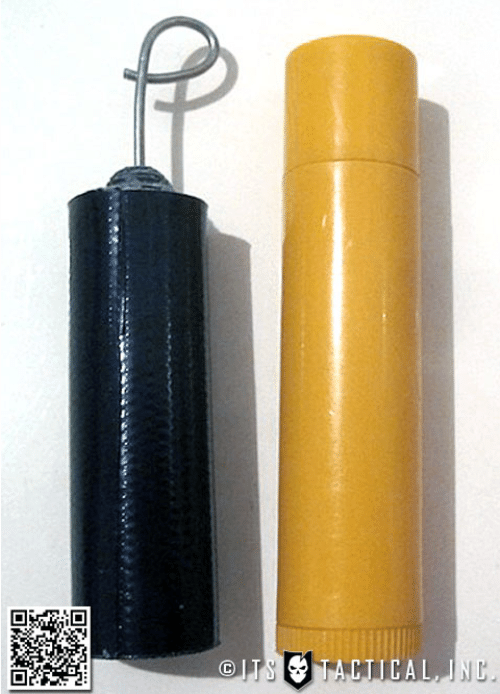
An optional final step is to untie the knot, cut off the excess paracord, and melt it flush with the tape. This provides a more finished look.
You can now easily integrate some duct tape into your EDC, either on your keys, attached to a Swiss Army Knife, or as a zipper pull. A foot and a half of duct tape may not sound like much, but it’s enough to get most things done.
How has duct tape come in handy for you in a tricky situation?
_______________________
ITS Tactical (Imminent Threat Solutions) is a website run by Military Veterans and those serving in the Special Operations community that covers skill-set information, tactical gear reviews, and DIY projects that can help you live better and survive any scenario. Check ‘em out and become a member!


